Earth
Sign up for our newsletter
We summarize the week's scientific breakthroughs every Thursday.
-
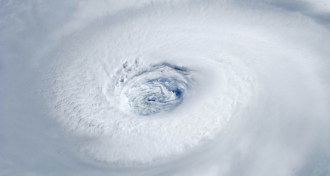 Climate
ClimateRain slows whipping hurricane winds
Taking raindrop drag into account — which may slow hurricane winds by as much as 30 percent — could help improve hurricane forecasts.
-
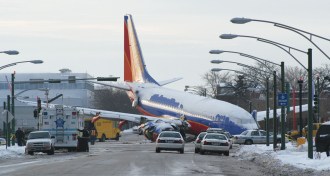 Climate
ClimateWinter storms 24 times as deadly as estimated
By ignoring car and plane crashes related to bad weather, U.S. tallies of winter storm deadliness severely underestimate hazard.
-
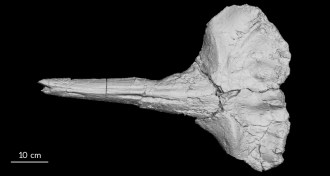 Paleontology
PaleontologyRise of East African Plateau dated by whale fossil
A whale fossil is helping to pinpoint when the East African Plateau started to rise and how the uplift played a role in human evolution, scientists say.
-
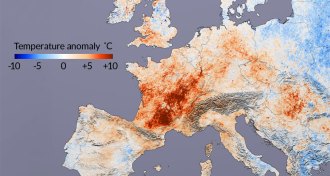 Climate
ClimateArctic warming bolsters summer heat waves
Sagging storms brought on by rapid Arctic warming worsen summertime heat waves across the Northern Hemisphere.
-
 Agriculture
AgricultureCage free isn’t good enough for livestock, ‘The Modern Savage’ argues
Even on a small farm, life can be brutal for animals, historian and animal rights advocate says in new book.
By Beth Mole -
 Environment
EnvironmentReplacement for toxic chemical in plastics, receipts may be just as toxic
Mounting evidence suggests that BPS, a common chemical in plastics, may cause the same health effects as BPA.
By Beth Mole -
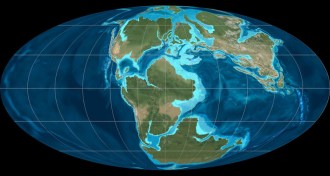 Earth
EarthTethys Ocean implicated in Pangaea breakup
The shrinking of the Tethys Ocean may have broken up the Pangaea supercontinent.
-
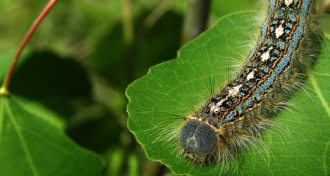 Animals
AnimalsInsects may undermine trees’ ability to store carbon
Insects eat more leaves on trees grown in carbon dioxide-rich environments than those grown without the extra CO2. That may undermine forests as carbon sinks in the future.
-
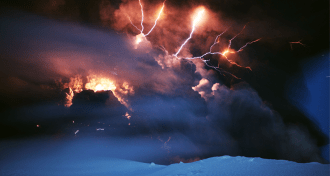 Earth
EarthVolcanic lightning forges tiny glass balls from airborne ash
The lightning that crackles through volcanic plumes can melt ash into tiny glass beads.
-
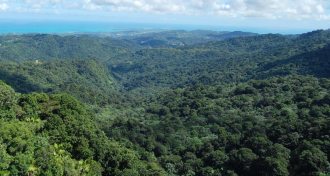 Plants
PlantsPlant growth patterns changing on much of Earth’s surface
More than half of Earth’s land surface has seen major changes in factors such as leaf-on date and how much vegetation grows in a season.
-
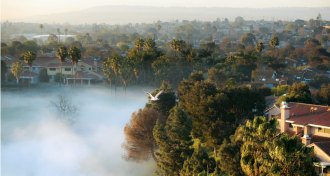 Climate
ClimateCoastal Los Angeles losing fog to urban sprawl
Fog in parts of Southern California has become significantly less frequent due to urban warming.
-
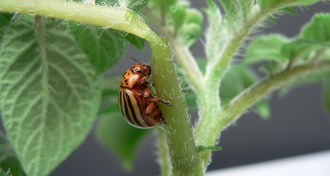 Plants
PlantsBeetle RNA makes crops a noxious meal
When beetles munch plants bearing their RNA, genes the bugs need to survive are turned off.